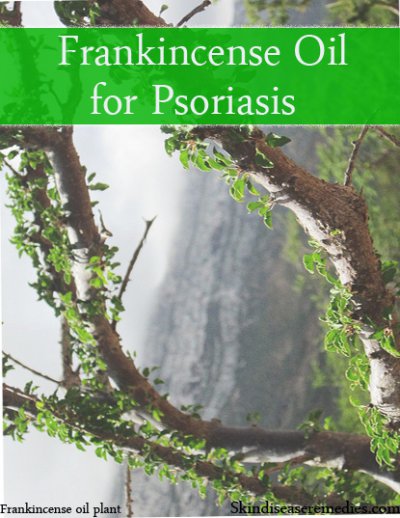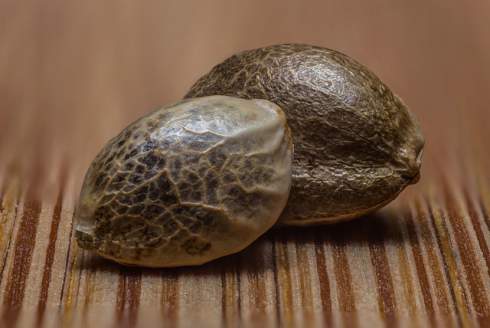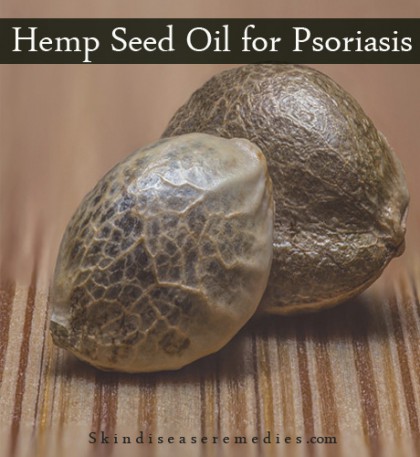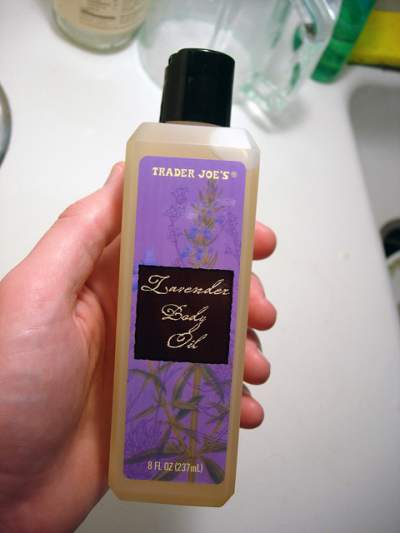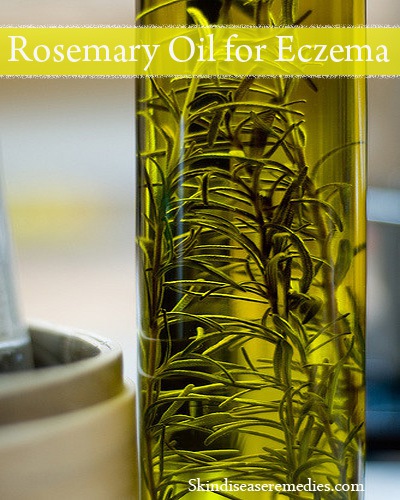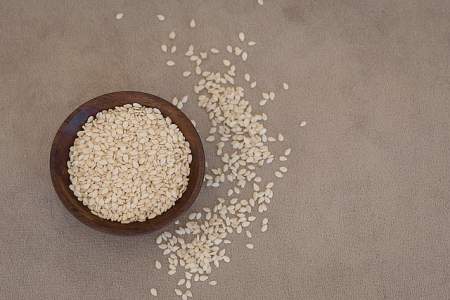
You must try borage oil for rosacea because it is packed with gamma-linolenic acid, which can moisturize and reduce inflammation.
Also known as adult acne, rosacea includes redness, itching and small bumps filled with pus. According to Mayoclinic.org, this chronic skin ailment affects middle-aged women.
Unfortunately, you can’t cure this skin disorder permanently. However, with proper treatment prescribed by doctor and regular application of natural remedies inflammation can be reduced.
Before that, let me write few more lines on this chronic skin condition.
Rosacea Causes and Symptoms
According to researchers, rosacea affects about 5% of Americans. It’s very common in fair-skinned people.
A survey in America revealed that 70% Americans have zero knowledge about rosacea. Often people mistake it as acne or eczema.
Mere cause of this skin disorder is not known. But, experts hold abnormality in facial blood vessels, H. pylori bacteria and genes to be factors that contribute to rosacea.
Facial redness, sensitive blood vessels dilate, small bumps and other uncommon symptoms can be experienced on face and nose. (Source)
How to Use Borage Oil for Rosacea?
This golden yellow oil is derived from borage or star flower. It’s renowned for its medicinal properties. Benefits of borage oil include.
- Assorted nutrients in borage oil suppress abnormal activity of inflammatory immune cells and help to reduce skin disorder.
- Essential fatty acids residing in borage oil hydrates dry skin and helps to get rid of itching.
- Anti-inflammatory activity of the oil can reduce inflammation caused by rosacea and other skin ailments.
- Gamma- linoleic acid improves blood circulation and stimulates cell regeneration.
- These fatty acids in the oil remove dead skin cells and promotes new skin cells.
- Stress and anxiety, which can increase chronic skin ailments, can be reduced by this oil.
- Emollient property of this herbal oil enhance overall healthy functioning of the skin.
Now, let’s check out the way to apply borage oil on skin. Organic borage oil comes with all nutritional properties. So, go for unrefined version of oil.
- Gently wash the skin with water and pat dry.
- Take borage oil in your palm and gently massage over the affected skin.
- Leave it to dry naturally.
- You can use borage oil supplement internally to treat rosacea.
Consult physician for dosage. Though natural remedies have no side-effects, some people may experience adverse reaction. So, it’s recommended to pat test on the skin before using it.
Did you ever use borage oil for rosacea? Share your views in comments.

